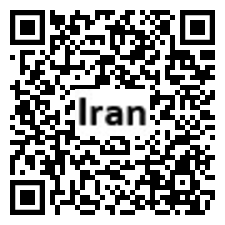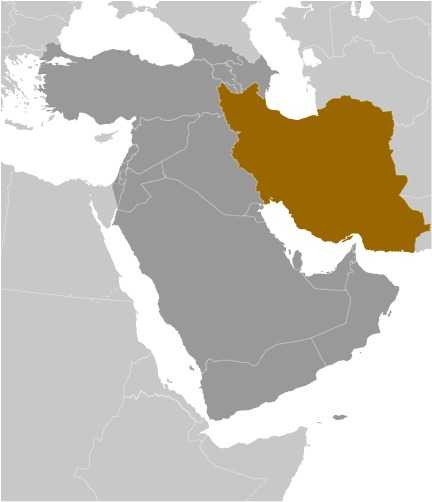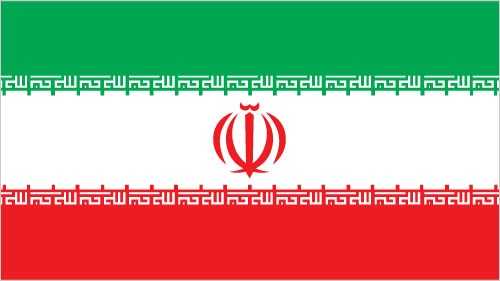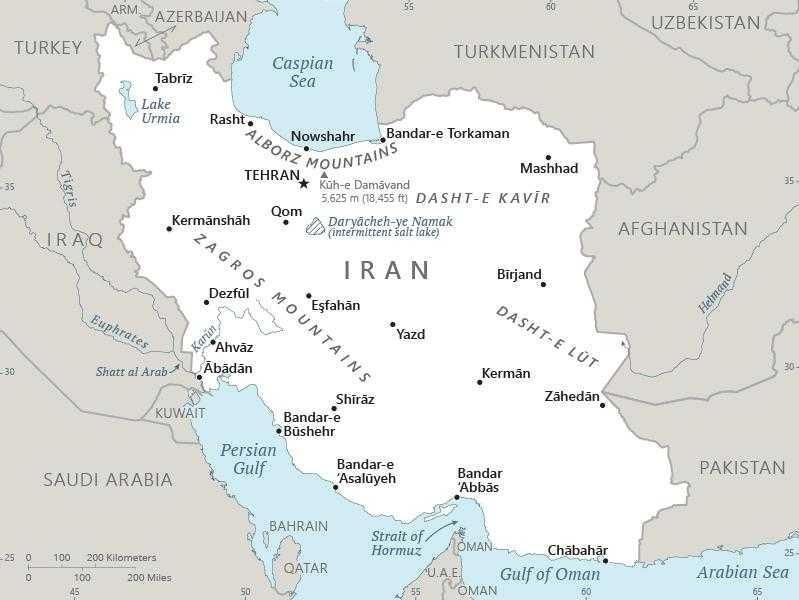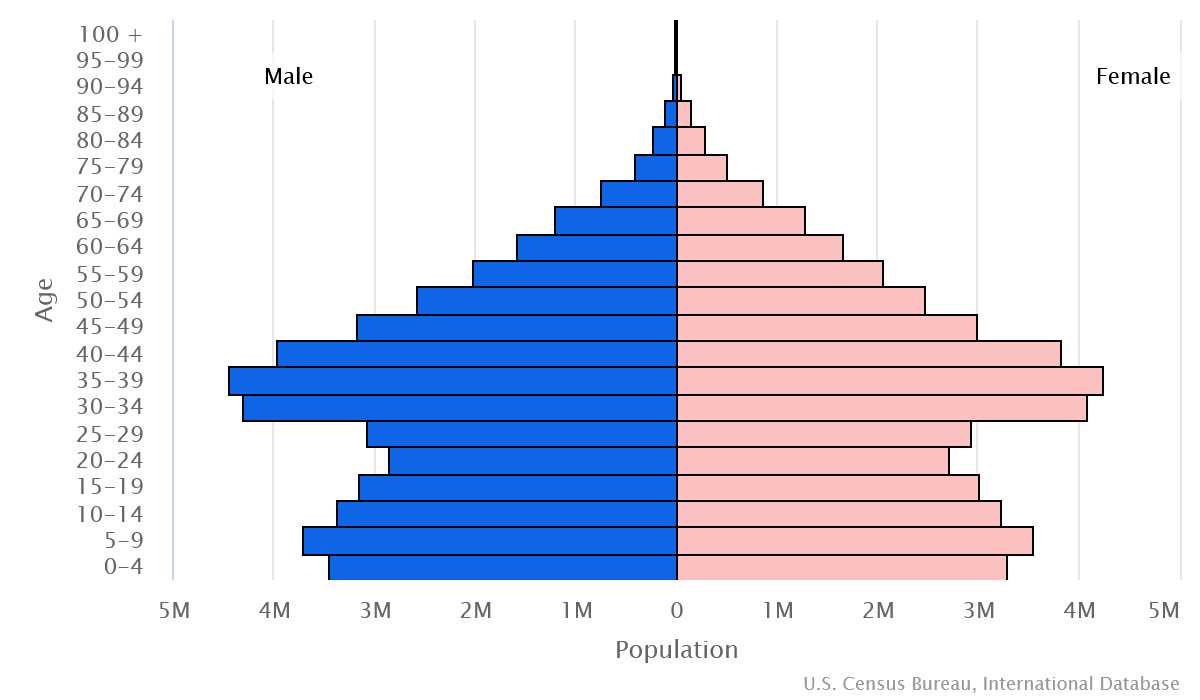Introduction
Background
Known as Persia until 1935, Iran became an Islamic republic in 1979 after the ruling monarchy was overthrown. Conservative clerical forces established a theocratic system of government with ultimate political authority vested in a religious scholar known as the Supreme Leader. Relations between Iran and the West remain tense, due in part to concerns over its nuclear program.
Geography
Area
total : 1,648,195 sq km
land: 1,531,595 sq km
water: 116,600 sq km
Climate
mostly arid or semiarid, subtropical along Caspian coast
Natural resources
petroleum, natural gas, coal, chromium, copper, iron ore, lead, manganese, zinc, sulfur
People and Society
Population
total: 88,386,937
Ethnic groups
Persian, Azeri, Kurd, Lur, Baloch, Arab, Turkmen, and Turkic tribes
Languages
Persian Farsi (official), Azeri and other Turkic dialects, Kurdish, Gilaki and Mazandarani, Luri, Balochi, Arabic
Religions
Muslim (official) 98.5%, Christian 0.7%, Baha'i 0.3%, agnostic 0.3%, other (includes Zoroastrian, Jewish, Hindu) 0.2% (2020 est.)
Population growth rate
0.88% (2024 est.)
Government
Government type
theocratic republic
Capital
name: Tehran
Executive branch
chief of state: Supreme Leader Ali Hoseini-KHAMENEI (since 4 June 1989)
head of government: President-elect Masoud PEZESHKIAN (assumes office on 30 July 2024)
Legislative branch
description: unicameral Islamic Consultative Assembly or Majles-e Shura-ye Eslami or Majles (290 seats; 285 members directly elected in single- and multi-seat constituencies by multiple non-transferable vote in 2 rounds, 1 seat each for Zoroastrians, Jews, Assyrian and Chaldean Christians, Armenians in the north of the country and Armenians in the south; members serve 4-year terms); note - all candidates to the Majles must be approved by the Council of Guardians, a 12-member group of which 6 are appointed by the supreme leader and 6 are jurists nominated by the judiciary and elected by the Majles
Economy
Economic overview
traditionally state-controlled economy but reforming state-owned financial entities; strong oil/gas, agricultural, and service sectors; recent massive inflation due to exchange rate depreciation, international sanctions, and investor uncertainty; increasing poverty
Real GDP (purchasing power parity)
$1.44 trillion (2023 est.)
$1.373 trillion (2022 est.)
$1.323 trillion (2021 est.)
Real GDP per capita
$16,200 (2023 est.)
$15,500 (2022 est.)
$15,000 (2021 est.)
Agricultural products
wheat, sugarcane, milk, sugar beets, tomatoes, barley, potatoes, vegetables, oranges, chicken (2022)
Industries
petroleum, petrochemicals, gas, fertilizer, caustic soda, textiles, cement and other construction materials, food processing (particularly sugar refining and vegetable oil production), ferrous and nonferrous metal fabrication, armaments
Exports
$110.882 billion (2022 est.)
$82.015 billion (2021 est.)
$46.568 billion (2020 est.)
Exports - partners
China 36%, Turkey 20%, Kuwait 6%, Pakistan 5%, India 4% (2022)
Exports - commodities
ethylene polymers, refined copper, acyclic alcohols, aluminum, natural gas (2022)
Imports
$102.47 billion (2022 est.)
$77.33 billion (2021 est.)
$58.461 billion (2020 est.)
Imports - partners
China 28%, UAE 19%, Brazil 13%, Turkey 9%, India 6% (2022)
Imports - commodities
broadcasting equipment, corn, soybeans, vehicle parts/accessories, rice (2022)
Exchange rates
Iranian rials (IRR) per US dollar -
Page last updated: Wednesday, July 24, 2024
